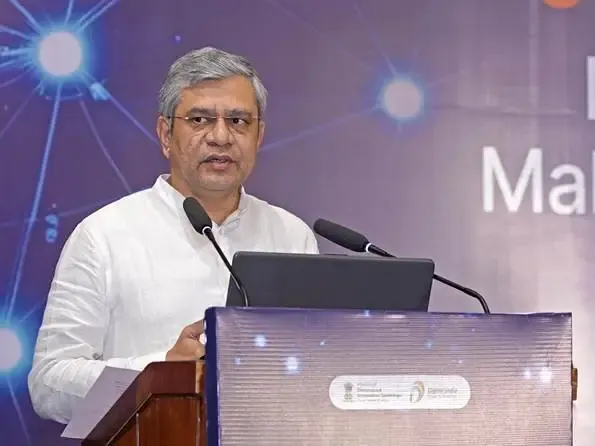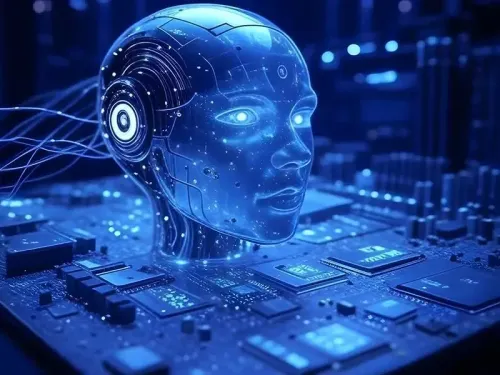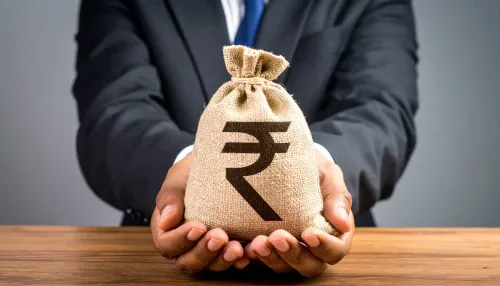Has India's compute capacity surpassed 34,000 GPUs?

Synopsis
Key Takeaways
- India's compute capacity exceeds 34,000 GPUs
- Three startups selected for AI model development
- Focus on indigenous models and talent development
- Emphasis on multilingual capabilities in AI
- Commitment to democratizing technology
New Delhi, May 30 (NationPress) The national compute capacity of India has officially exceeded 34,000 GPUs, as announced by the government on Friday. Additionally, three innovative startups have been chosen to develop foundational AI models.
Union Minister for Electronics and IT, Ashwini Vaishnaw, highlighted that 367 datasets have already been uploaded onto ‘AI Kosh’.
The minister also stressed the importance of the IndiaAI Mission in promoting reverse brain drain and creating a comprehensive ecosystem that includes foundational models, compute capacity, safety standards, and initiatives for talent development.
He pointed out that these initiatives are focused on establishing a complete and inclusive AI ecosystem in India. The ‘IndiaAI Foundation Model’ component within the India AI Mission is dedicated to creating and implementing indigenous foundational models trained on data specific to India.
As of April 30, the mission has received 506 proposals. On April 26, Sarvam AI was chosen to construct India's sovereign large language model (LLM) ecosystem, working on an open-source 120 billion parameter AI model to enhance governance and public service access through applications like “2047: Citizen Connect” and “AI4Pragati”.
This development follows the earlier introduction of the Sarvam-1 model (2 billion parameters) and the Sarvam-M (24 billion parameters) model featuring hybrid reasoning capabilities.
Vaishnaw encouraged the newly selected teams under the IndiaAI Mission to strive for a top-five global position in their respective fields.
Soket AI will create India's first open-source 120 billion parameter foundation model tailored for the country's linguistic diversity, focusing on sectors such as defence, healthcare, and education.
Gnani AI will develop a 14 billion parameter Voice AI foundation model that provides multilingual, real-time speech processing with advanced reasoning capabilities, while Gan AI will construct a 70 billion parameter multilingual foundation model aimed at achieving “Superhuman TTS (text-to-speech)” capabilities to outshine current global leaders.
Reiterating Prime Minister Narendra Modi’s vision for the democratization of technology, Vaishnaw stated, “Technology should not be left in the hands of a few. It’s crucial that a broader segment of society can access technology, innovate new solutions, and obtain better opportunities.”
vd










